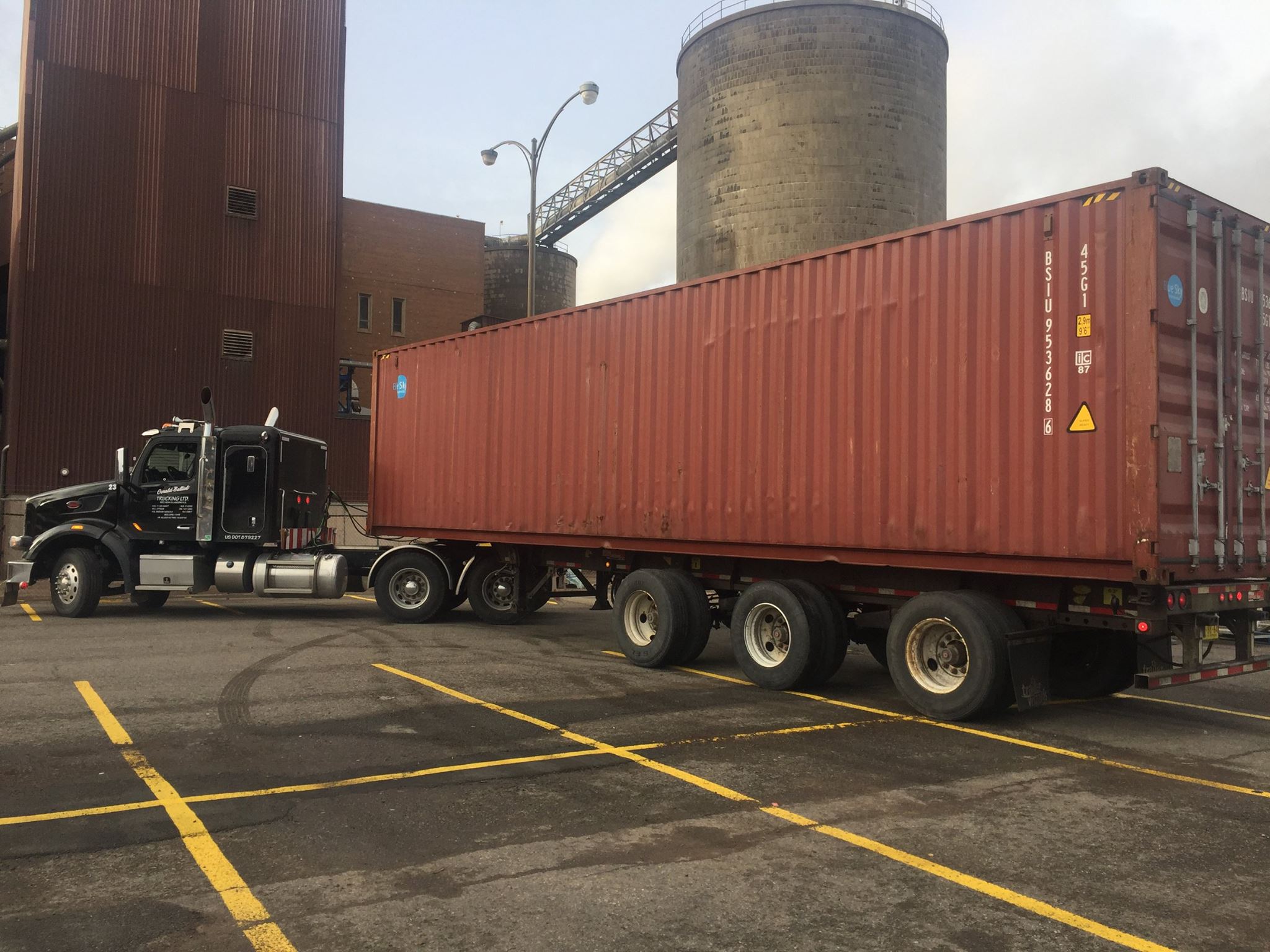
HALIFAX – The future of a Nova Scotia pulp mill remained uncertain Friday as the province asked for more work on its contentious proposal to pipe 85 million litres of its treated wastewater into the Northumberland Strait.
The Northern Pulp paper mill has become a flashpoint, with its plan to pump waste into rich fishing grounds pitting forest industry workers against fishermen, environmentalists and even the P.E.I. government – which opposes the plan due to concerns over the impact on lobster harvesting.
In an environmental review released Friday, Environment Minister Margaret Miller said the company must submit a “focus report” with more data in areas ranging from the effluent’s impact on drinking water in Pictou to the potential impact on marine species.
The terms of reference for the study are to be set on April 24, and the company would have up to a year to provide answers.
However, the company is legally required to stop using a treatment facility that pumps wastewater into the Boat Harbour lagoon – located near the Mi’kmaq community of Pictou Landing First Nation – by the end of January 2020.
That legislation was passed by all parties five years ago, after a blockade of the pipeline by Mi’kmaq during a leak and spill of effluent.
Brian Baarda, the CEO of parent company Paper Excellence, said the firm will work on providing the fresh information, but it will need an extension to a deadline for the completion of the pipeline.
“We’re not going to be able to meet that deadline, given the information we received today,” said the executive, who predicted meeting the fresh requests for information will delay the proposed pipeline until well into 2021.
The executive – who came to the province’s legislature to speak to reporters – also said the company will “have to evaluate its options” if the province doesn’t agree to change the legislated deadline, adding the plant is “at risk.”
There are about 330 employees at the mill and the pulp factory and the company says thousands of indirect jobs depend on Northern Pulp’s purchasing of chips sold to it by sawmills.
Premier Stephen McNeil has repeatedly stated he is not planning a change to the Boat Harbour legislation.
However, on Friday he wouldn’t explicitly repeat that position.
Instead, he said the company should focus its efforts on meeting the province’s environmental conditions to set up a new treatment facility for its wastewater plant.
“The company needs to do the work. They need to be more focused on today and finding out whether or not they can put a treatment centre that actually meets the environmental regulations of the province,” he said.
McNeil’s comments came after the minister and her senior advisers laid out a long list of shortcomings in the Northern Pulp environmental proposals.
“I did not take this lightly ? we made our decision as we always do based on science and available evidence,” Miller said.
“The company did a commendable job ? but it was obvious some things were lacking.”
In a briefing, Lorrie Roberts, executive director of policy for the Environment Department, outlined the types of information that are still required from the company.
“Chemical composition of the wastewater needs to be known in order to understand the potential environmental effects, we will be asking for that information,” said Roberts.
She said the department is also asking Northern Pulp to realign and re-evaluate the onland portion of the pipeline so that it is not located in the roadbed of Highway 106. A Transport Department official later explained to reporters this had been made known to Northern Pulp from the outset of its proposal.
“For the marine portion of the pipeline we need to better understand how it is impacted by ice in the winter,” Roberts said.
As well, the receiving water study – which provides information on how effluent disperses in the Strait – was primarily based on data from Pictou Harbour, Roberts said.
It will have to be updated with data from the location of the proposed site at Caribou Harbour where undersea pipes will disperse the effluent.
She also said the department needs to understand how the facility design will achieve the outcomes proposed by the company.
“To do that we will be asking for information to better understand the treatment technology and how it will achieve the performance criteria that are proposed. We need to understand if it can treat the amount of wastewater that will be flowing through the mill and we need more data in order to be able to evaluate that.”
The department will also need additional information on how pipeline leaks will be detected and mitigated, and also on how the project will impact fish and fish habitat “including lobster.”
Further information will also be needed on the potential effects to the Town of Pictou’s water supply and to wetlands along the pipeline’s route as well as a monitoring plan for air quality and more information on the potential effects to human health.
Roberts said an updated Mi’kmaq ecological knowledge study would also be required.
The Ecology Action Centre, the province’s largest environmental group, issued a statement saying the province made the right choice, “given the stunning amount of missing information in Northern Pulp’s environmental assessment document.”